In recent years, there has been a renewed interest in the legacy of Marilyn Monroe and her enduring popularity as a cultural icon. As part of this renewed interest, many of the most iconic photos of Monroe have been carefully preserved and restored in high definition.
The process of converting these photos into HD has involved carefully digitizing the original images, using the A.I of Face26 to remove any imperfections or damage, and then enhancing the resolution and color quality. The result is a set of images that capture Monroe at the peak of her beauty and fame, in a way that is more detailed and vibrant than ever before.
These HD photos allow viewers to see Monroe in a new light and appreciate the full extent of her beauty and charisma. They also serve as a reminder of the lasting impact she has had on popular culture and her enduring status as one of the most iconic figures in the history of American entertainment.
Overall, the process of converting these iconic photos of Marilyn Monroe into HD is an important step in preserving her legacy and ensuring that her enduring beauty and charm will continue to be enjoyed by generations to come.


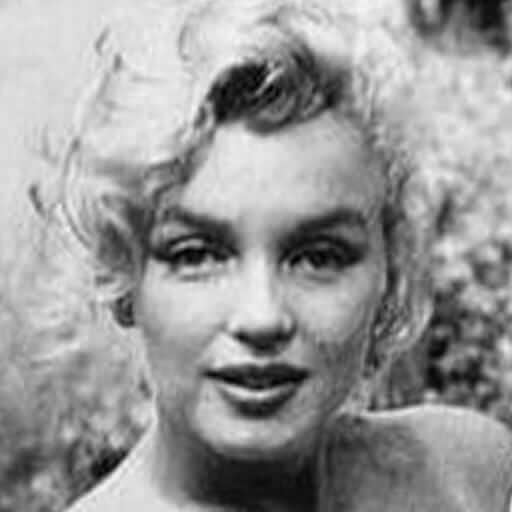
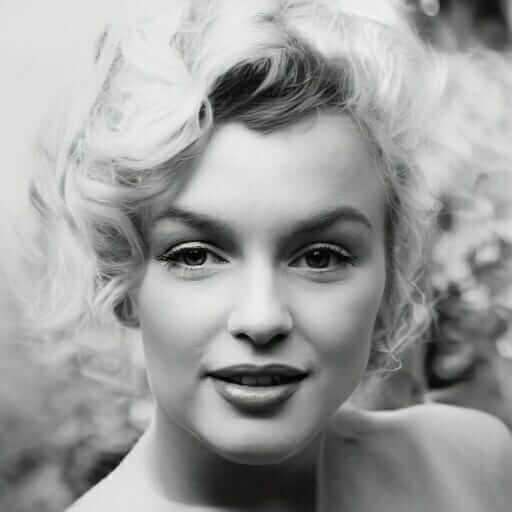
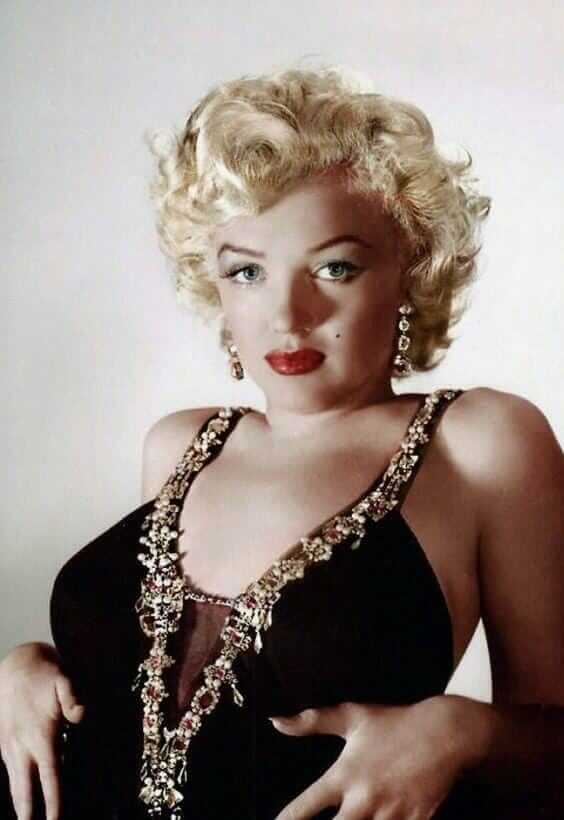



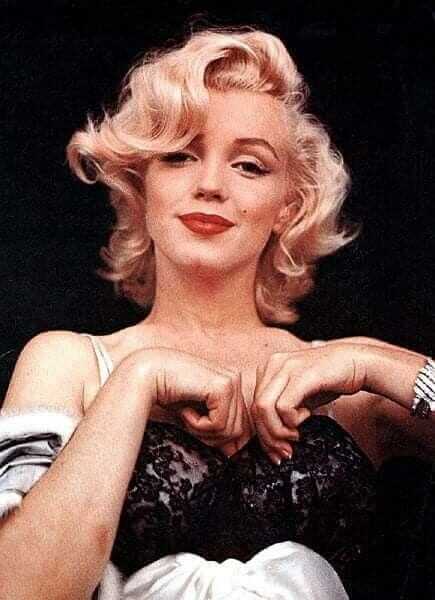

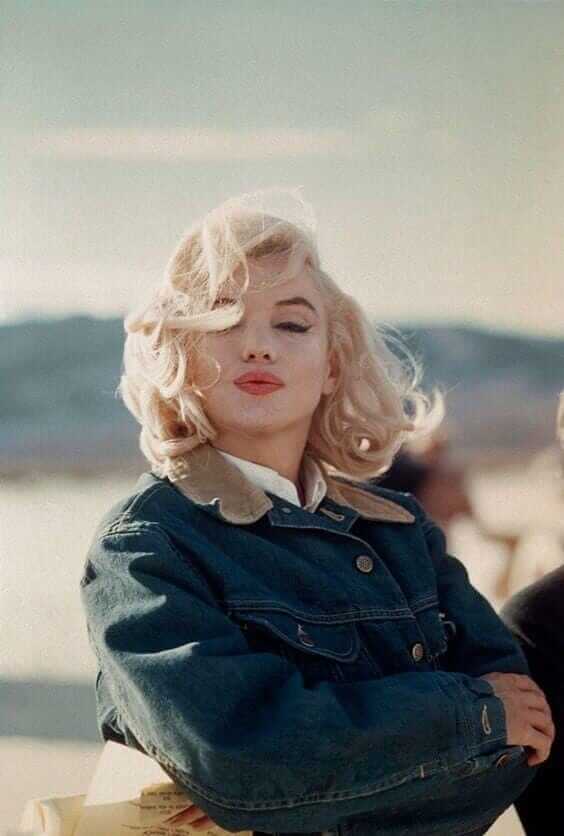

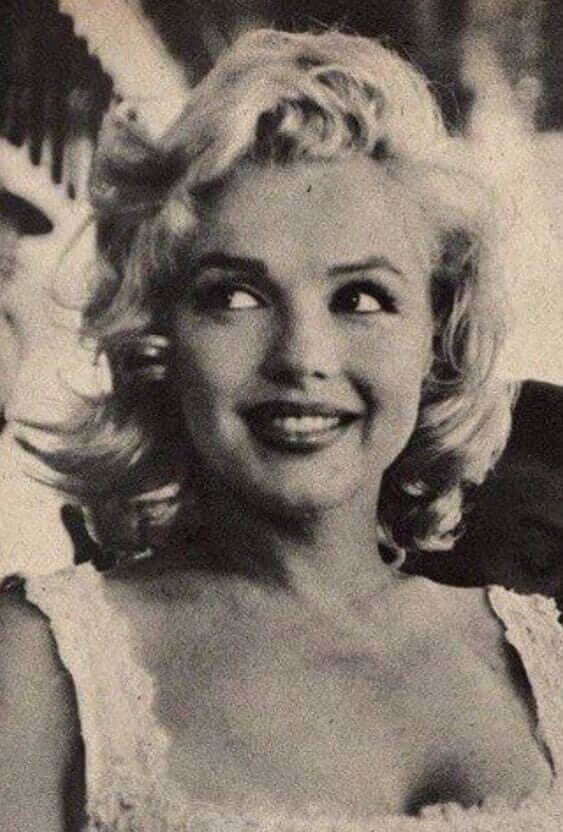

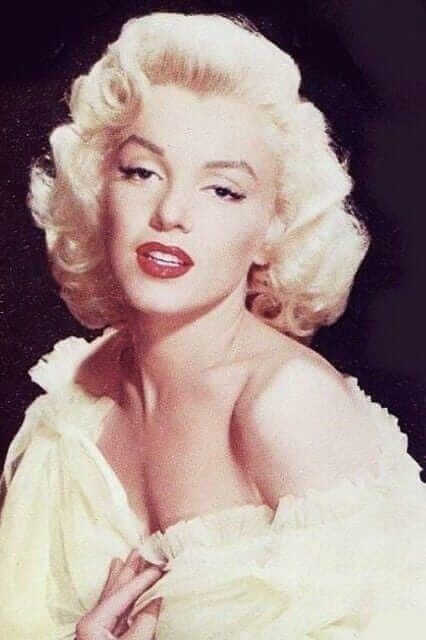

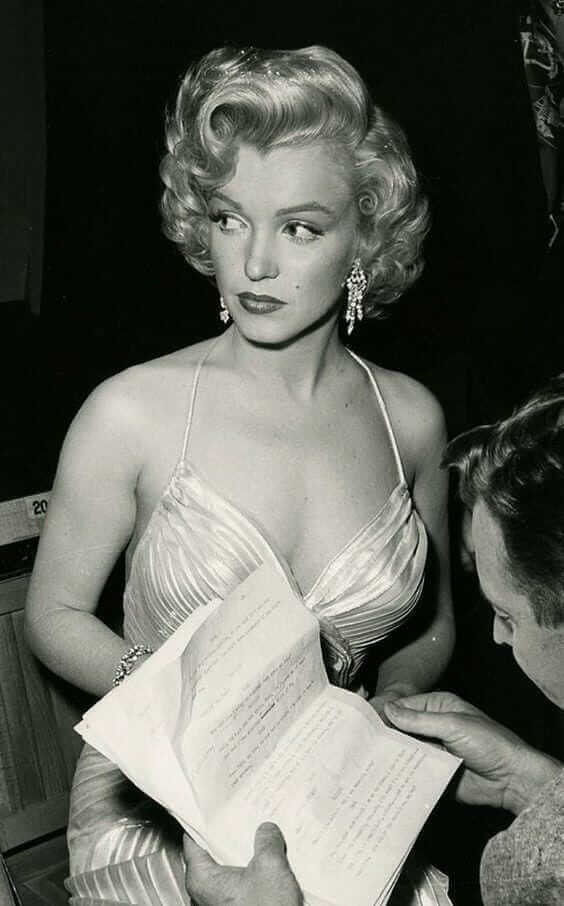


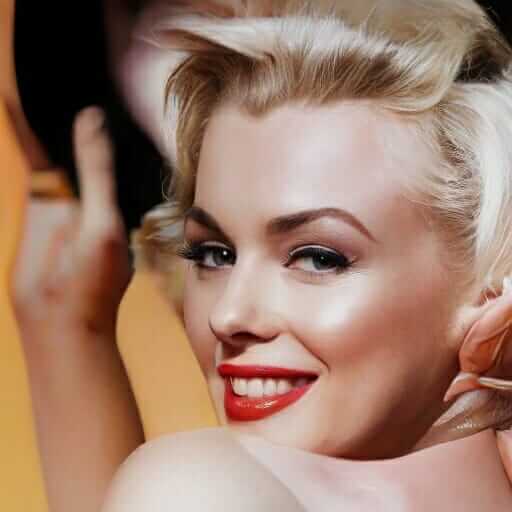
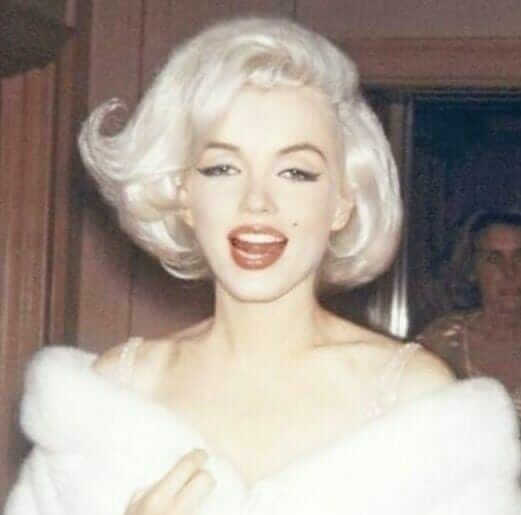
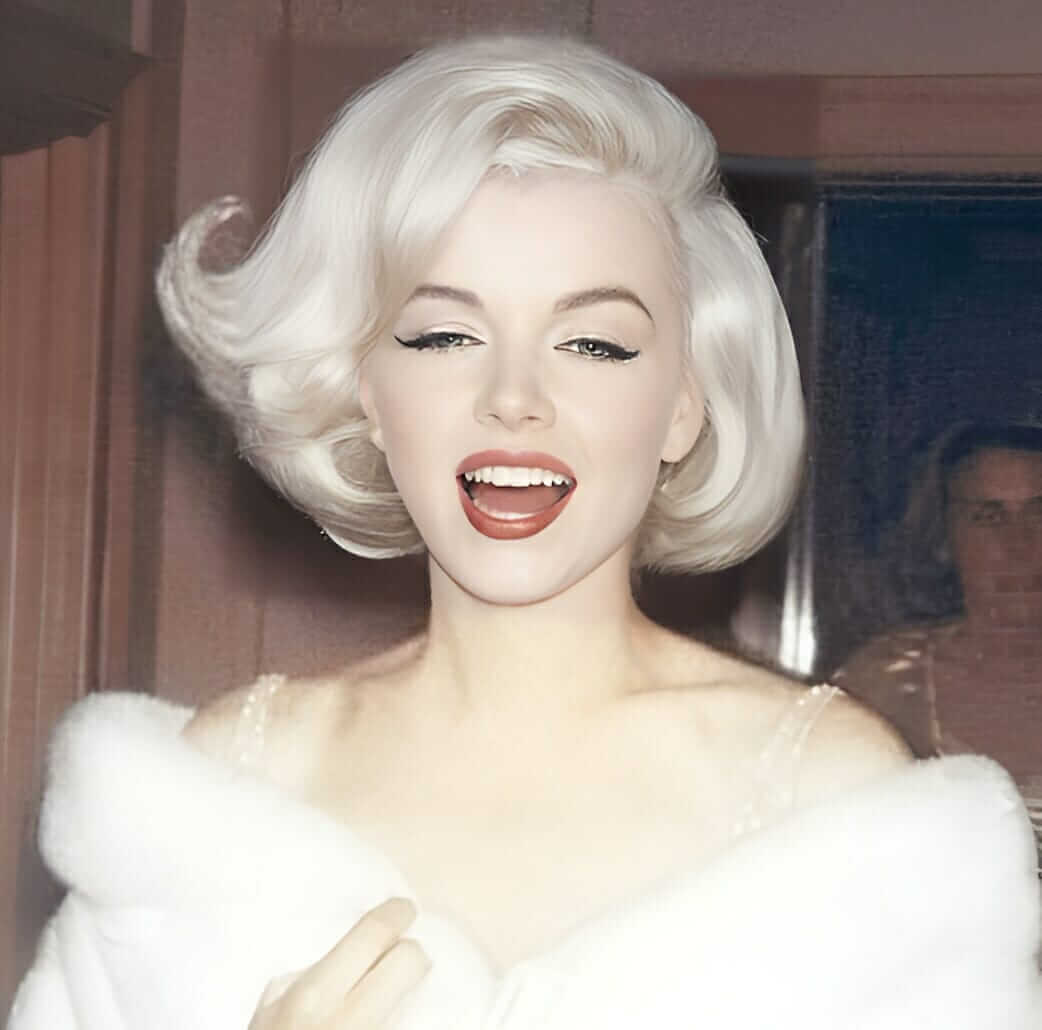
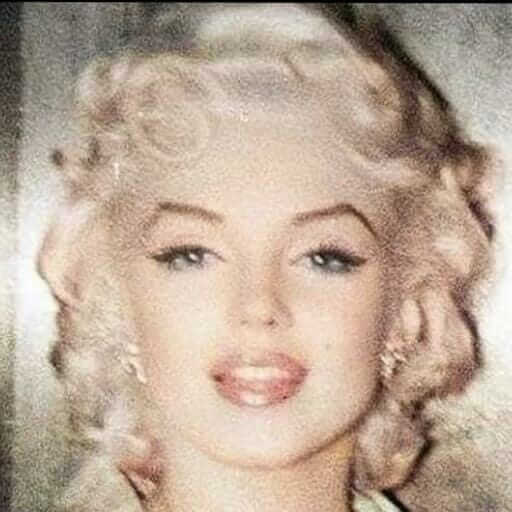
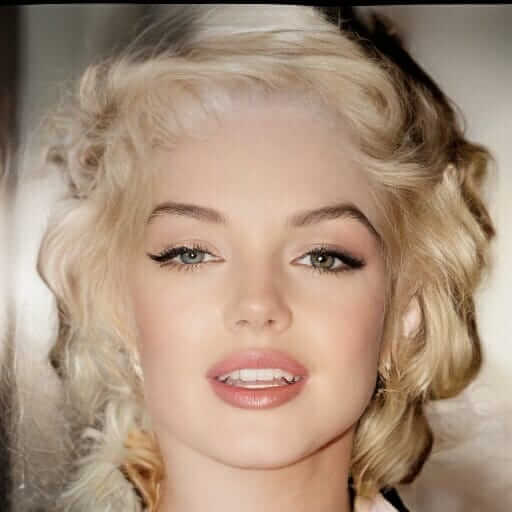



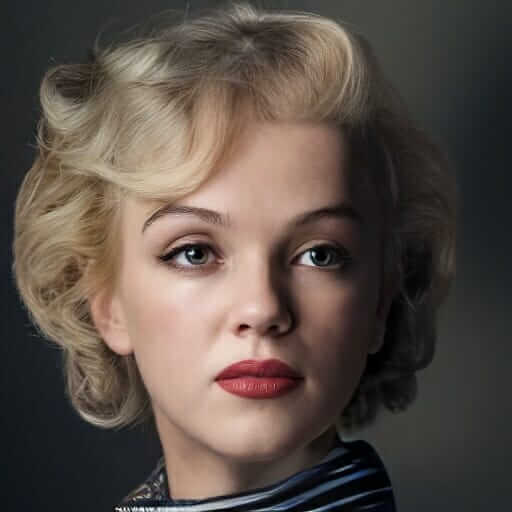





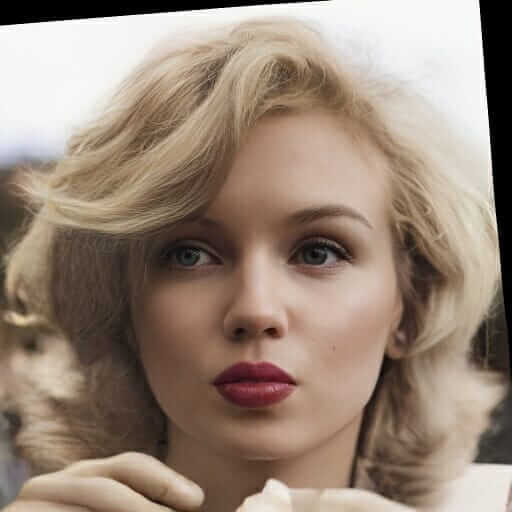
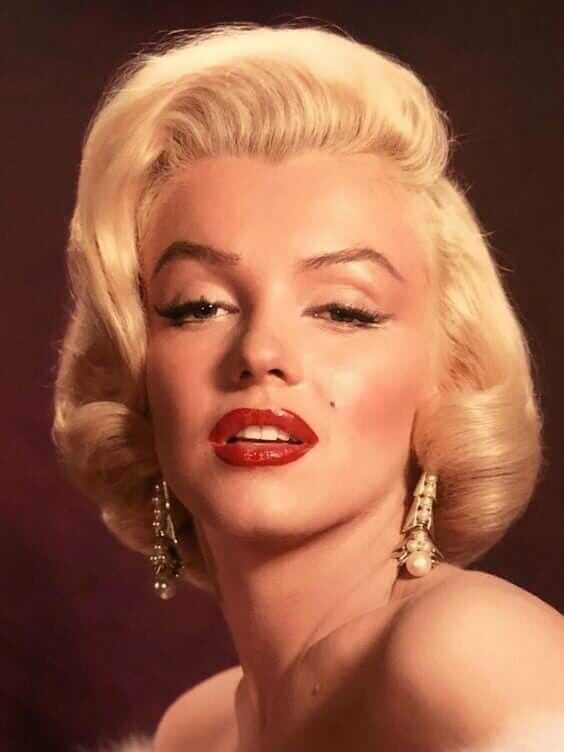



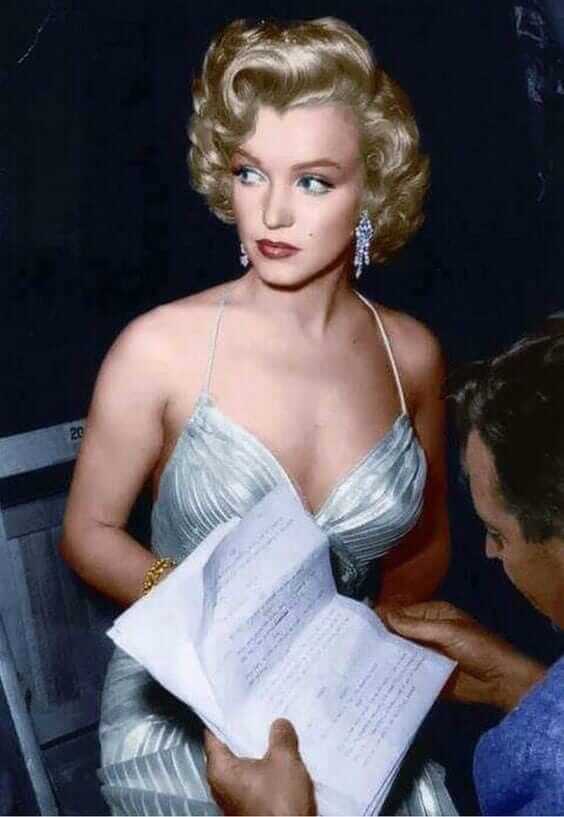

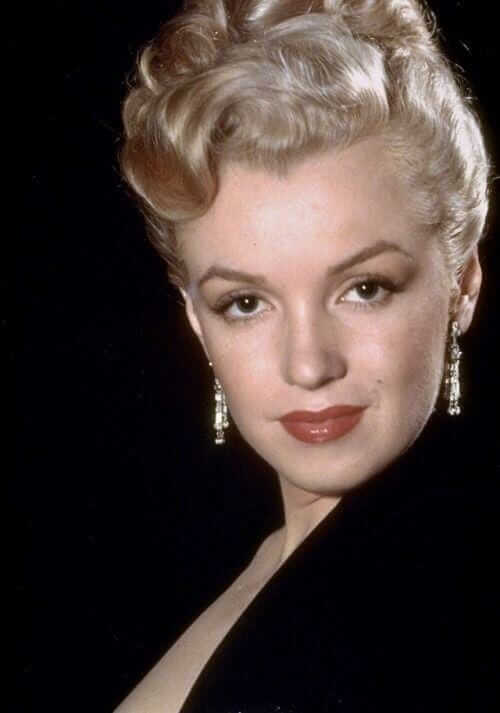

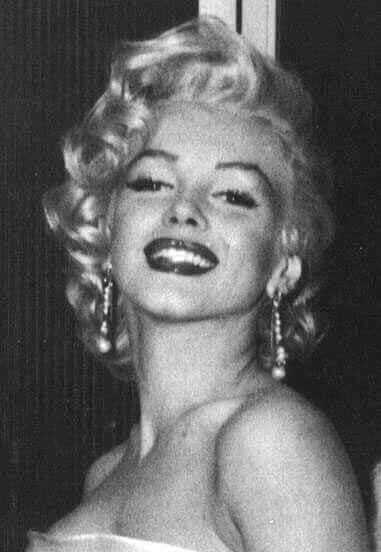

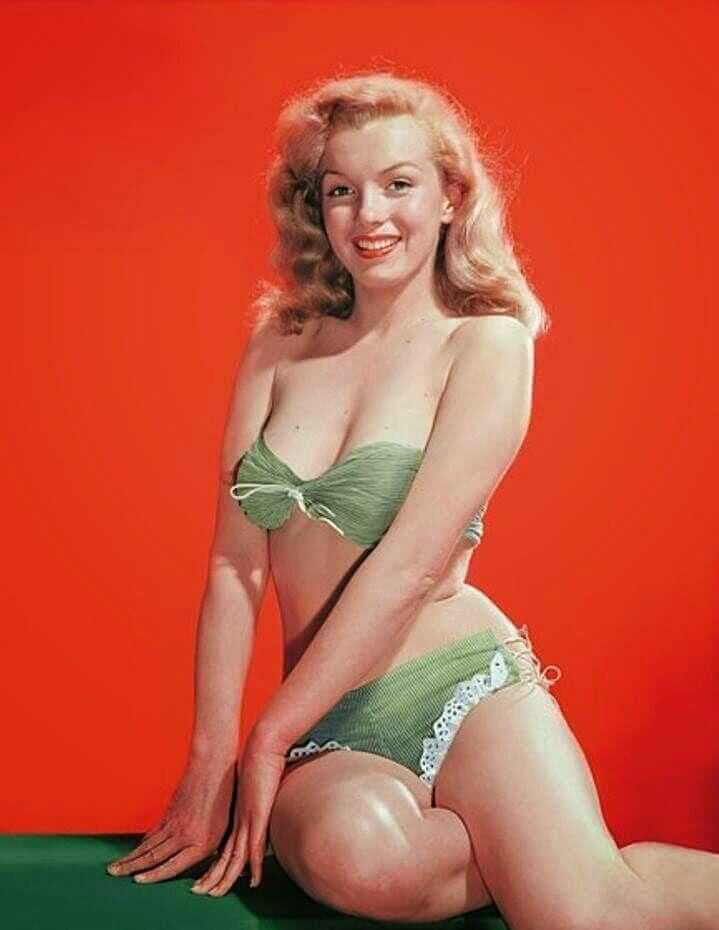

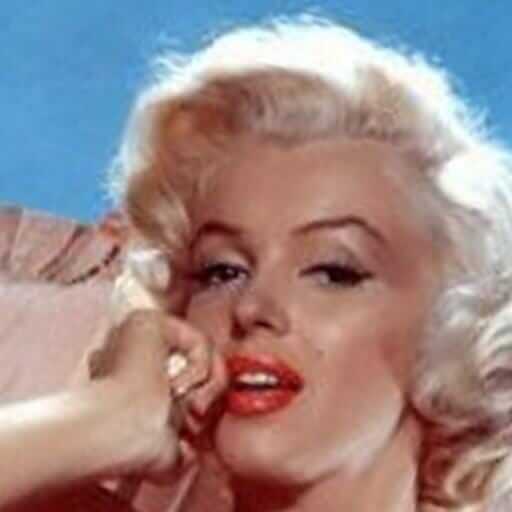
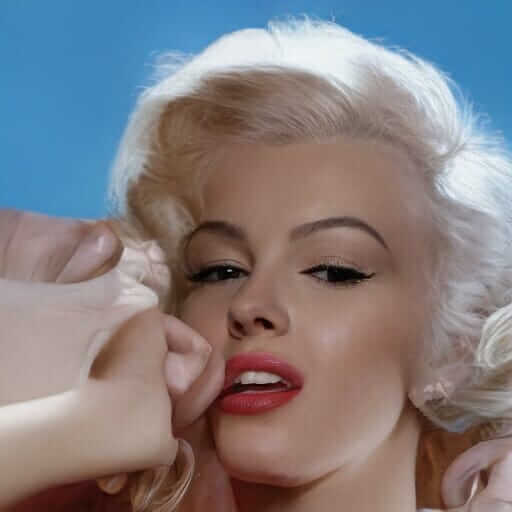


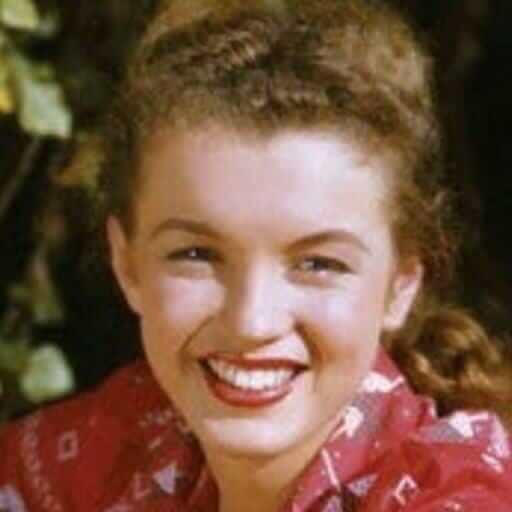
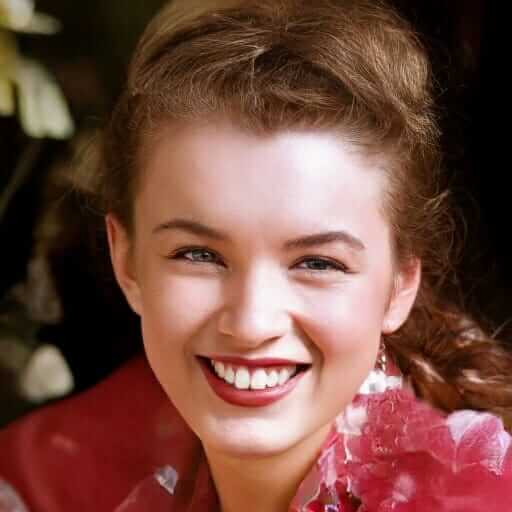
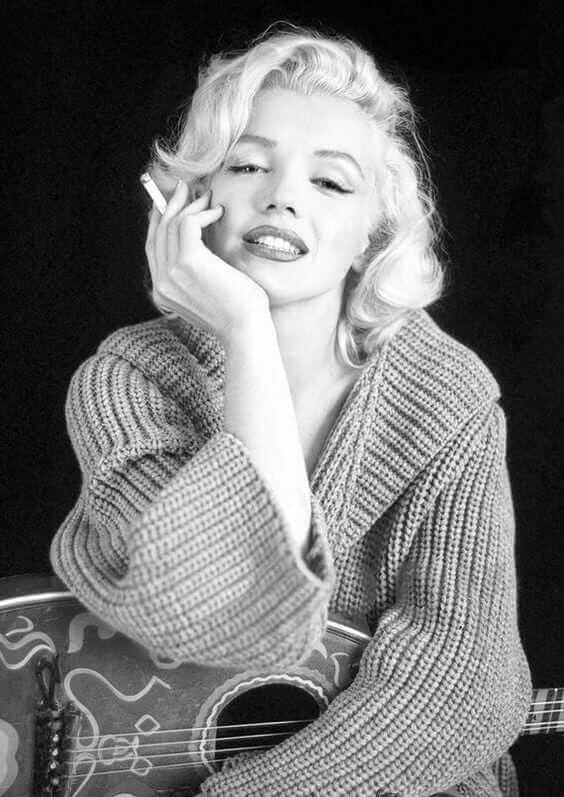

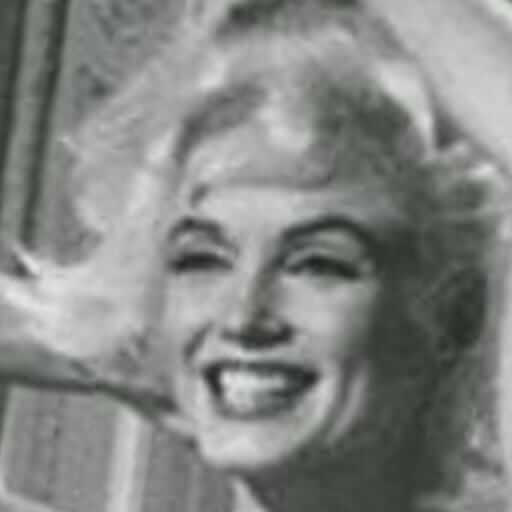
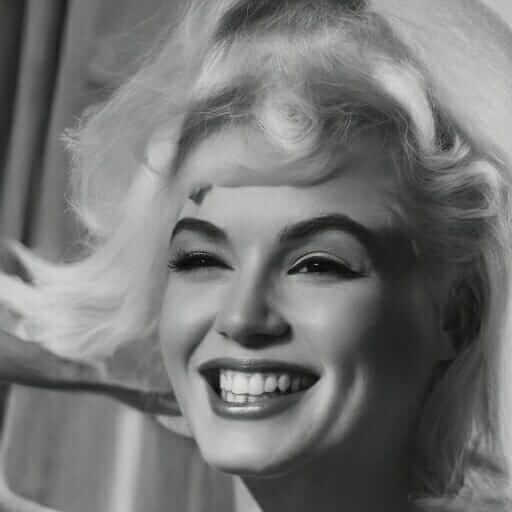
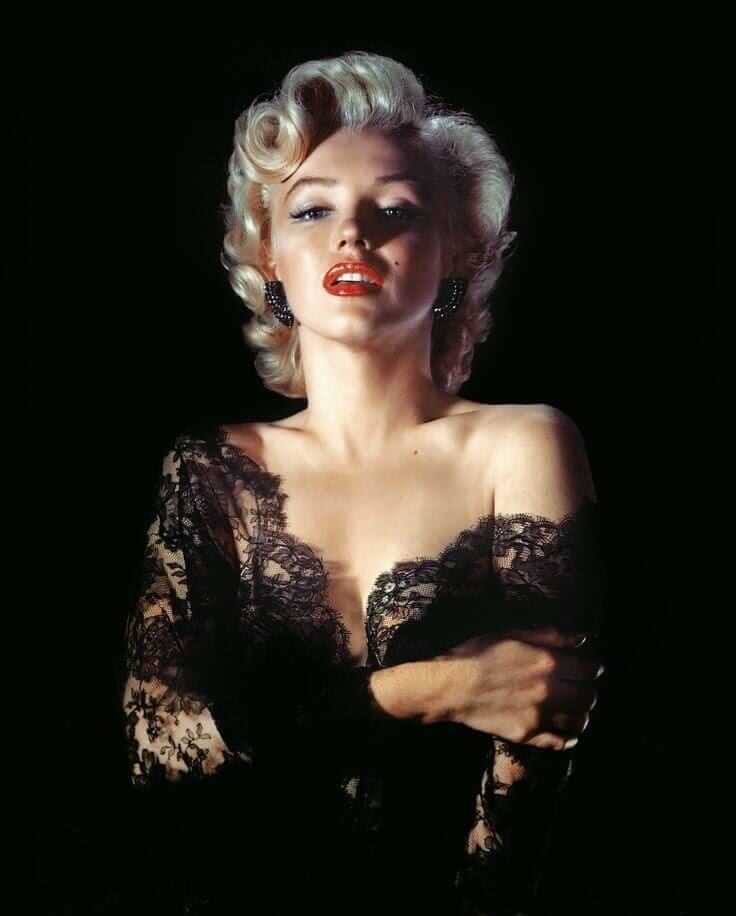

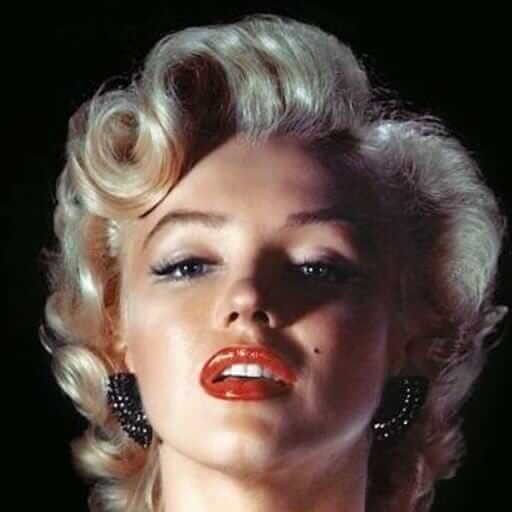
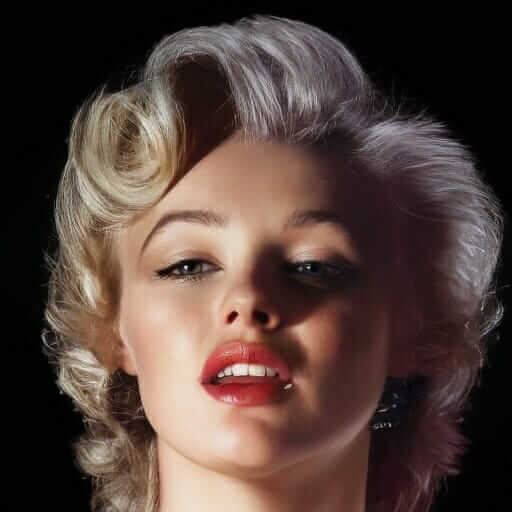
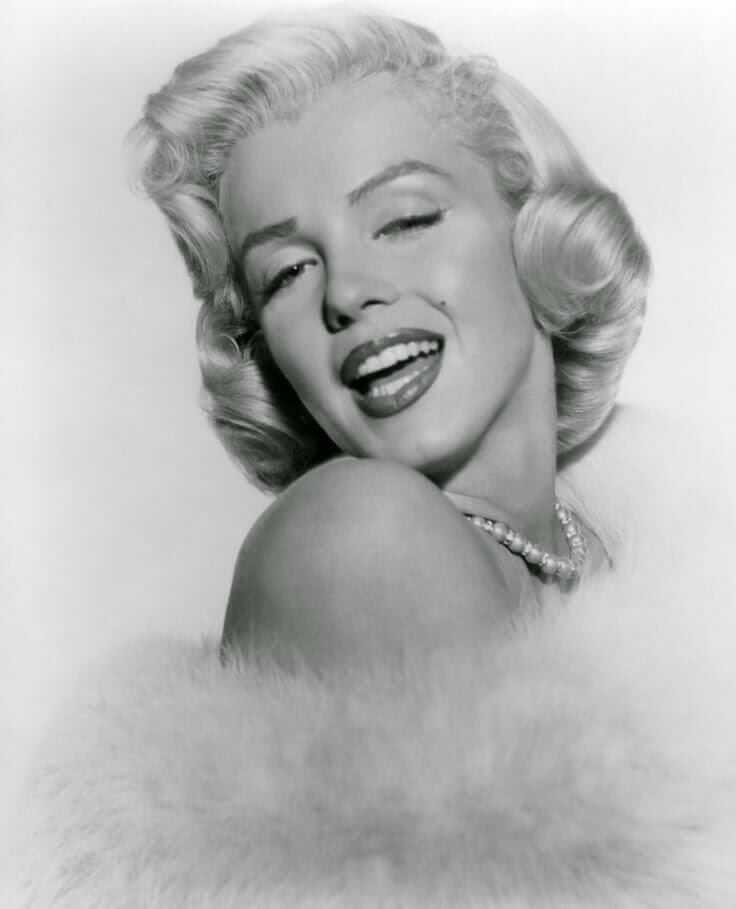

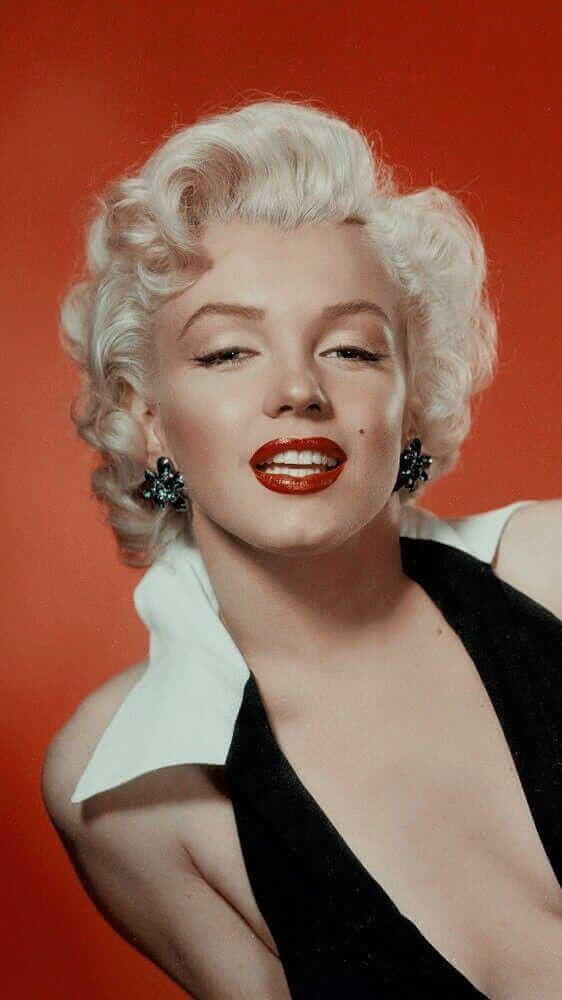




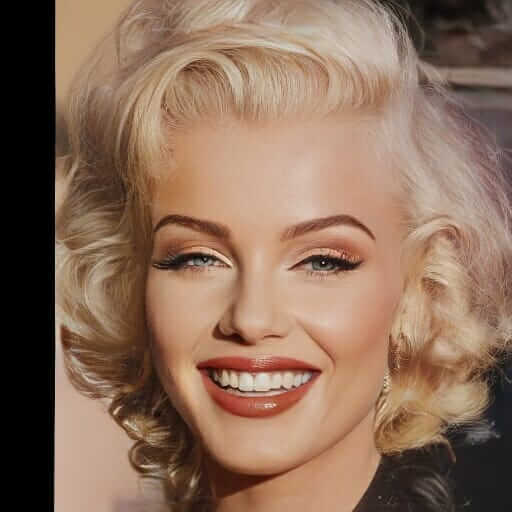
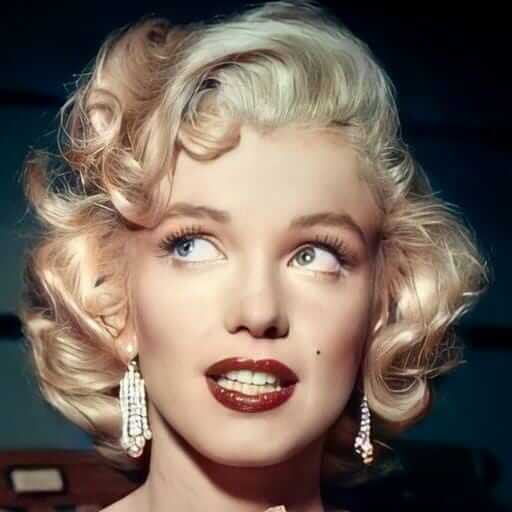
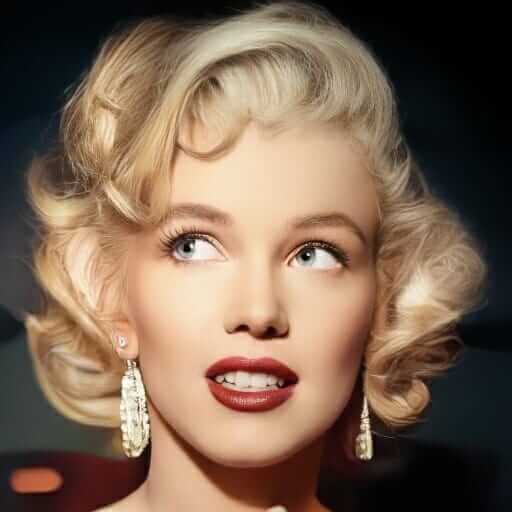
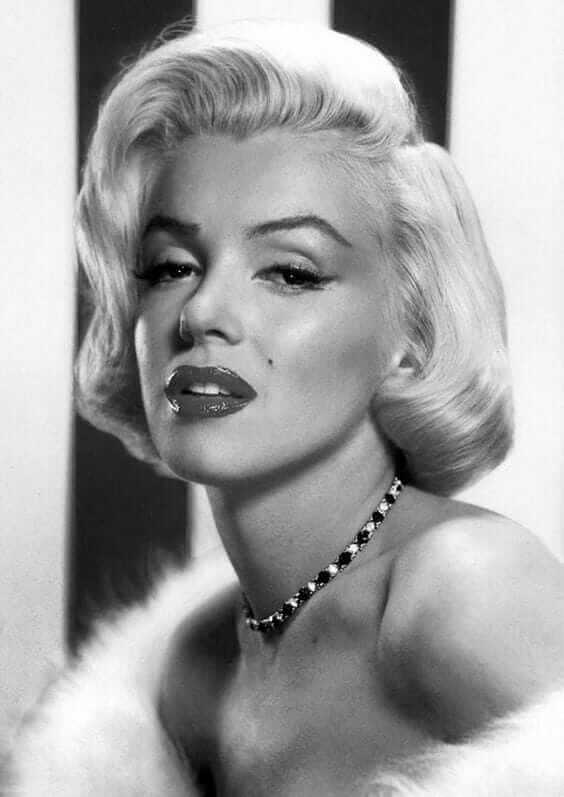

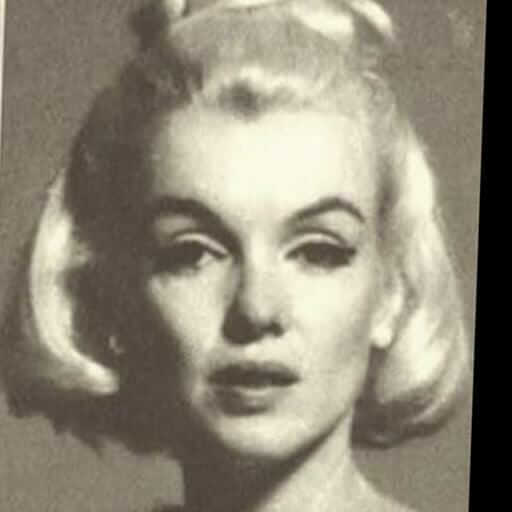
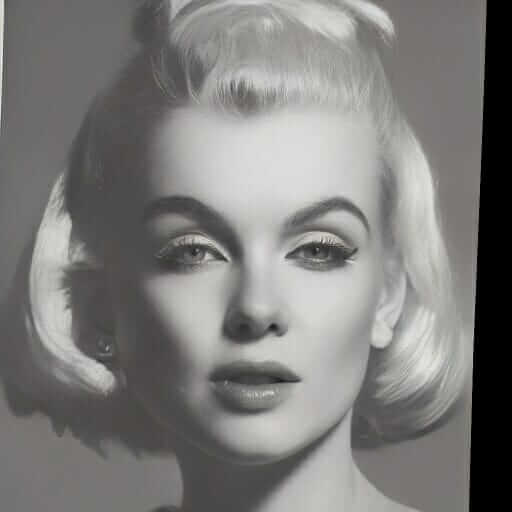
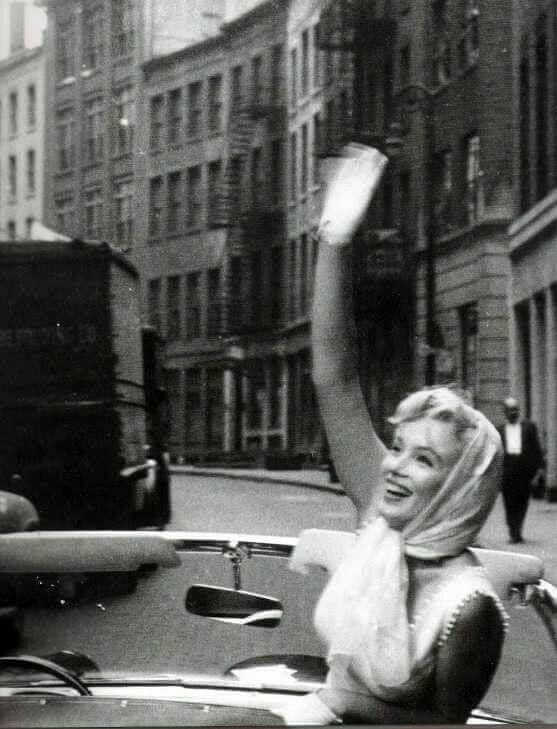

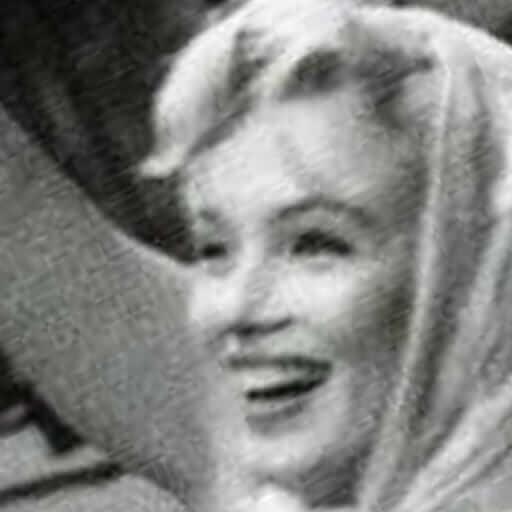
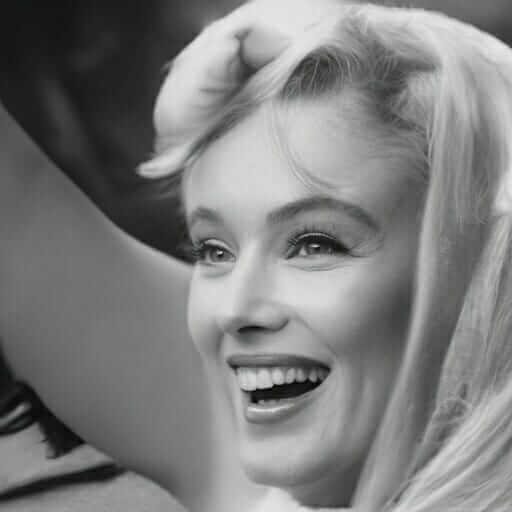
Short Biography of Marilyn Monroe
Marilyn Monroe (born Norma Jeane Mortenson; June 1, 1926 – August 5, 1962) was an American actress, model, and singer. She became one of the most iconic figures in the history of American popular culture, known for her comedic and dramatic performances in films, as well as her sex appeal and glamorous personal style.
Monroe began her career as a model, before transitioning to acting in the late 1940s. She appeared in a number of small film roles throughout the early 1950s, but it wasn’t until her performance in the 1953 film “Niagara” that she received widespread attention. This was followed by a string of successful films, including “Gentlemen Prefer Blondes” (1953), “How to Marry a Millionaire” (1953), “The Seven Year Itch” (1955), and “Some Like It Hot” (1959), which firmly established her as a major Hollywood star.
Monroe’s personal life was often the subject of media attention and scandal. She was married and divorced three times, and had several high-profile relationships throughout her career. Monroe struggled with mental health issues and substance abuse, and her death at the age of 36 was ruled a probable suicide.
Despite her relatively short career and troubled personal life, Monroe’s enduring popularity and iconic status continue to be recognized decades after her death. She has been the subject of numerous books, films, and other forms of media, and her image and likeness continue to be used in various commercial contexts.
Marilyn Monroe as a Photomodel
Marilyn Monroe was one of the most photographed women of her time, and her image has become iconic in popular culture. Throughout her career as a model and actress, Monroe posed for countless photographs, both on and off set.
One of the most famous photo shootings she had was with the photographer Milton H. Greene, who shot her first major photo session in 1953, right after the release of “Niagara”. The photos were a departure from the standard Hollywood glamour shots of the time and featured Monroe in a more natural and casual style. The shoot was so successful that Monroe and Greene formed a partnership and went on to create a number of other iconic images together.
Monroe also had a famous session with the photographer Douglas Kirkland, taken in 1961, where she posed in a series of suggestive and sexually charged images. These photographs would be used for promotion of “The Misfits” movie, her last film.
Another famous photo-shooting was with the photographer Bert Stern, taken just six weeks before her death. The shoot was for Vogue magazine and became known as “The Last Sitting”. These photographs were considered to be some of the most intimate and personal images ever taken of Monroe, and are now considered some of the most iconic images of her career.
Overall, Monroe’s photographs and her relationship with the photographers played an important role in shaping her public image and cementing her status as a Hollywood icon.Regenerate response
How did Marilyn Monroe die?
Marilyn Monroe died on August 5, 1962, at the age of 36. The official cause of death was ruled as “probable suicide” by acute barbiturate poisoning. However, there are still many theories circulating that her death was not a suicide and some even suggest murder. According to official reports, Monroe was found dead in her bed by her housekeeper and her psychiatrist, who called the police and pronounced her dead at the scene. A empty bottle of pills was found near her bed and it was initially suspected that the overdose was accidental, but an investigation revealed that Monroe had a history of depression and had previously attempted suicide.
The death investigation and the reporting of it was mired with controversies, inconsistencies and many questions that were left unanswered. The investigation was not as thorough as expected, some pills bottles were missing and some important evidence was lost or mishandled. So, this led to lot of speculations and conspiracy theories. Many famous names of her era were rumored to be involved with her death.
However, despite the controversy and uncertainty surrounding the cause of her death, the official ruling remains that Marilyn Monroe died of a probable suicide.
Did Marilyn Monroe have children?
Marilyn Monroe did not have any children of her own. She did adopt a child during her marriage to baseball player Joe DiMaggio, a baby boy named John, but the adoption was annulled after the couple’s divorce. Throughout her life, Monroe struggled with infertility and had several miscarriages. It was also reported that she had undergone several unsuccessful attempts at artificial insemination during her marriage to playwright Arthur Miller. So, She didn’t have any biological children and did not raise an adopted child to adulthood.